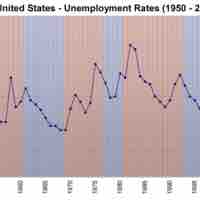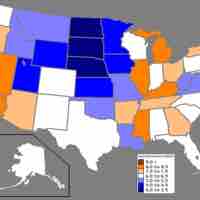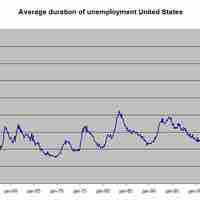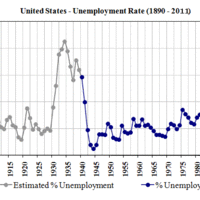Chapter 22
Unemployment
By Boundless

Unemployment, also referred to as joblessness, occurs when people are without work and actively seeking employment.

Full employment is defined as an acceptable level of unemployment somewhere above 0%; there is no cyclical or deficient-demand unemployment.

In economics, unemployment is occurs when people are without work while actively searching for employment.

The labor force is the actual number of people available for work; economists use the labor force participation rate to determine the unemployment rate.

Unemployment is not an absolute calculation and it is prone to errors and biases related to data assembly and inconsistencies in reporting.

Short-term unemployment is any period of joblessness that lasts fewer than 27 weeks. Long-term unemployment lasts 27 or more weeks.

There are three reasons for unemployment which are categorizes as frictional, structural, and cyclical unemployment.
Public policy seeks to minimize unemployment by providing information, training, facilities, and other programs to assist the unemployed.
If the labor market is competitive, unions will typically raise wages but increase unemployment.
Efficiency wage theory is the idea that firms may permanently hold to a real wage greater than the equilibrium wage.
Jobs are created when workers become more productive, the price of output increases, or when total economic output increases.